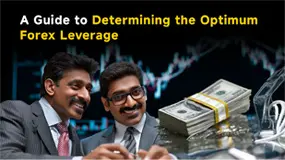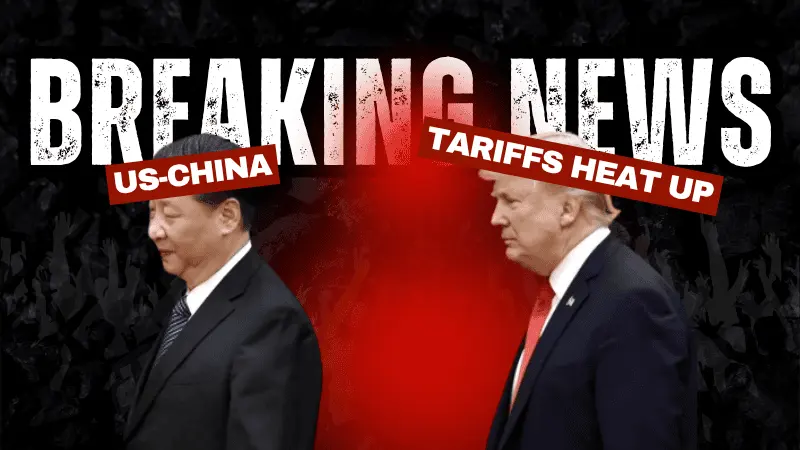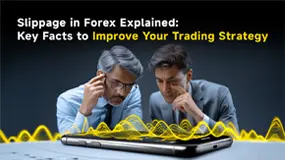简体中文
繁體中文
English
Pусский
日本語
ภาษาไทย
Tiếng Việt
Bahasa Indonesia
Español
हिन्दी
Filippiiniläinen
Français
Deutsch
Português
Türkçe
한국어
العربية
Daily Market Diary
Abstract:Powered by WikiFX
The Fed's US Bank Rescue Impacts Markets.
Silicon Valley Bank's failure and the government's rescue of its depositors are shaking market bets on the economy and US interest rates.
Authorities pledged to fully protect depositors' money and offer banks one-year loans on more favorable terms to calm concerns about the US financial system. Market participants expect short-term sentiment boosts but long-term moral hazard. Investors and strategists say:
Uplifting

TD Securities global interest rates strategy head Priya Misra
“Bank liquidity and capital concerns will remain even if SVB is sold. Bank liquidity from the new BTFP program should boost sentiment. . Despite high inflation, we remain long 10s. We expect a 25bp Fed hike in March and 5.75% terminal rate.”
Immorality
Rabobank strategists Michael Every and Ben Picton
If the Fed is now backing anyone facing asset/rates pain, they are de facto allowing a massive easing of financial conditions and rising moral hazard. ц
Uncertainty
Capital Economics North America chief economist Paul Ashworth
“Rationally, this should be enough to stop any contagion from spreading and taking down more banks, which can happen instantly in the digital age. However, contagion has always been about irrational fear, so we cannot guarantee success.”
pause
Goldman Sachs' Jan Hatzius and team
In light of recent banking system stress, we no longer expect the FOMC to raise rates at its Mar. 22 meeting with considerable uncertainty about the path beyond March.
Assistance
UBS analyst Erika Najarian
US bank stocks may experience a sharp relief rally. “Our clients may continue to prefer flight to quality, which are ironically the Too Big Too Fail But Now Have Been Regulated Into Having Tons of Liquidity and Capital Banks'”—JPMorgan, Bank of America, and Wells Fargo.
Dollar Stress
ANZ Bank strategist John Bromhead
“The policy response should calm the system. Policymakers ring-fenced the risk and avoided a systematic event, similar to the UK pension crisis in September or October. Risk-sensitive currencies are rebounding, which is dollar-negative. Even if financial system concerns subside, USD pressure may persist.”
Disclaimer:
The views in this article only represent the author's personal views, and do not constitute investment advice on this platform. This platform does not guarantee the accuracy, completeness and timeliness of the information in the article, and will not be liable for any loss caused by the use of or reliance on the information in the article.
Read more

Top Tips to Avoid Forex Margin Calls and Protect Your Capital
While technical indicators or chart patterns often capture the attention of forex traders, especially new ones, aspects such as margin requirements, equity, used margin, free margin, and margin levels are often overlooked. So, if you have received a margin call from your forex broker and are wondering how to deal with it, you probably do not know the concept of a forex margin call - what triggers it and how to avoid it. Being unaware of this concept can make you lose your hard-earned capital. In this article, we will provide you with all the information you need to know. Keep reading!

A Guide to Determining the Optimum Forex Leverage
Want to gain a wider forex market position control by investing a minimal amount? Consider using leverage in forex. It implies using borrowed funds to raise your trading position more than your cash balance can let you do it. Forex traders usually employ leverage to churn out profits from relatively small currency pair price changes. However, there is a double-edged sword with leverage since it can multiply profits as well as losses. Therefore, using leverage in the right amount is key for traders. Forex market leverage can be 50:1 to 100:1 or more, which remains significantly greater than the 2: leverage usually offered in equities and 15:1 leverage in futures.

US-China Tariffs Heat Up—Pause Still Possible, Says Bessent
President Trump signaled the U.S. and China are effectively in a trade war, even as Treasury Secretary Scott Bessent left room to extend a current tariff pause and a Trump–Xi meeting remains on the calendar. After floating a new 100% tariff on Chinese goods from Nov. 1, tensions seesawed amid Chinese sanctions and U.S. threats over soybeans. Some U.S. tariffs (up to ~145%) are paused until Nov. 10, with a Supreme Court test of “reciprocal” tariffs looming. Companies are adapting unevenly—Stellantis expanding in the U.S., while Apple deepens ties in China—suggesting continued market volatility.

Slippage in Forex Explained: Key Facts to Improve Your Trading Strategy
Have you witnessed a difference between the expected price of a trade and the price at which it is executed in real time? This might be due to slippage, which can happen at any time. However, it prevails mostly when the market remains highly volatile. At the same time, it can also happen during large order executions. Read on to know more about slippage, its impacts, and the strategies to rein in adverse effects.
WikiFX Broker
Latest News
US and UK Sanction Cambodia-Based Prince Group Over $16B Scam
UAE Launches Sixth 'Caution' Campaign to Combat Forex and Online Investment Fraud
David Stockman On How The Fed's Money Printing Broke American Industry... And What Comes Next
One Wrong Move Wiped Out a Government Retiree’s Lifetime Savings
Forex24 Faces CySEC Fine for Late Compliance Filing
OctaFX Forex Brokerage $318 million Fraud Case in India: Authorities Arrest Pavel Prozorov!
How Filipinos Can Recover Funds from Crypto Scams Abroad
Top Tips to Avoid Forex Margin Calls and Protect Your Capital
FCA Daily Alert: Checkout FCA Consumer Warning List
How to Protect Your Account Security? Three Methods to Reduce Phishing Risks
Currency Calculator



